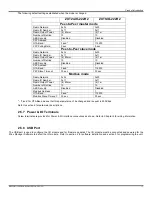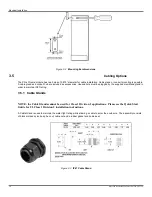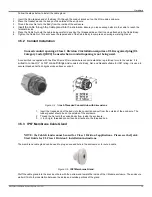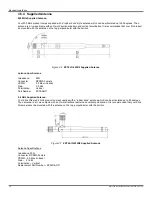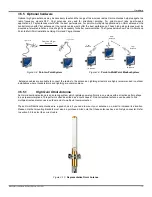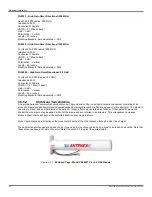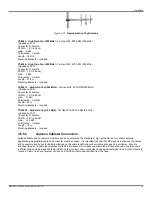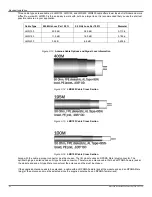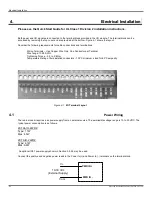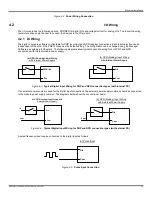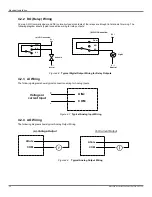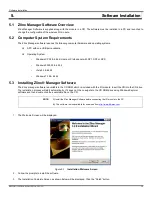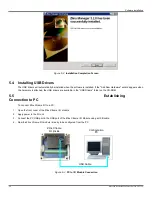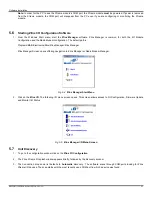
Electrical Installation
12
Manual Documentation Number: ZXTx-IO-x-0712m
3
3
.
.
H
H
a
a
r
r
d
d
w
w
a
a
r
r
e
e
I
I
n
n
s
s
t
t
a
a
l
l
l
l
a
a
t
t
i
i
o
o
n
n
3.1
Recommended Practice
Before Installation
Before installing a new system, it is recommended to bench test the complete system and make sure the modules function
satisfactorily. Refer to appropriate sections for your setup in Chapter 8 for reference.
In actual installations, poor communications can be caused by:
Incorrectly installed antennas.
Radio interference.
Obstructions in the radio path.
Bad weather
Signal out of range.
If the radio path is a problem, higher gain antennas would help improve the range.
3.2
RF Site Considerations
When installing any radio equipment it is important to give careful consideration to the installation location and the surrounding
area. Radio transmission and reception is affected by absorption, reflection and refraction of the radio signals. These factors
are determined by the distance between the transmitting and receiving antennas, the type, position and amount of
obstructions, antenna heights, frequency band and RF power used, and other factors.
There are several ways to optimize the RF environment to ensure satisfactory performance. A partial list of these follows:
Select the Zlinx Xtreme I/O radio option that provides sufficient power for your application. Lower frequencies travel
farther and are less affected by absorption in materials. Higher power levels generally provide greater penetration
through objects.
Select installation locations that come as close as possible to providing Line Of Sight access between the antennas.
Avoid installation locations where metal objects may block, reflect, refract or cause multipathing of radio frequencies.
In some cases reflections may enhance reception but in others it can cause problems.
Select installation locations to increase antenna heights.
Consider signal loss across antenna cables and connectors. User larger cables for low signal loss.
Select equipment enclosures made of materials that minimize RF attenuation.
Avoid locations with other radio equipment that may cause interference.
In some cases alternate types of antennas (more directional) or remote antenna mounting (outside of enclosures or
at a higher elevation) may be required.
As necessary, site survey should be carried out. Sometimes small changes in location can make a significant improvement to
coverage. For RF information see Appendix G.
Summary of Contents for ZXT24-IO-222R2
Page 6: ......














